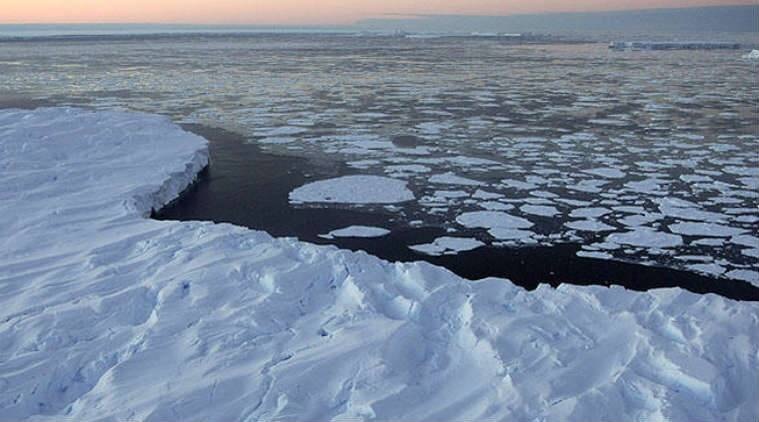The dictionary meaning of a shelter is – something beneath, behind, or within which a person, animal or anything is protected from adverse conditions, and where it can reproduce is called as a shelter.
Shelter may be defined as an establishment that provides temporary housing for homeless people, including animals. Or, Shelter (building), a basic architectural structure or building that provides cover.
Arrangements for living and getting food for stray animals, is called as Animal Shelter. A shelter is somewhat similar to habitat.
In ecological terms – a habitat is an ecological or environmental area that is inhabited by a particular species of animal, plant, or other type of organism. It is the natural environment in which an organism lives, or the physical environment that surrounds a species population.
A habitat is made up of physical factors such as soil, moisture, range of temperature, and availability of light as well as biotic factors such as the availability of food and the presence of predators.
A habitat is not necessarily a geographic area—for a parasitic organism it is the body of its host, part of the host’s body such as the digestive tract, or a cell within the host’s body which is its habitat. A habitat may be a micro-habitat or a very small area like holes and crevices and a mega-habitat or a very large area like a forest.
Habitats on the earth are of many different types. These include –lakes, streams, forests, or even a drop of water.
All the habitats on the earth are part of the biosphere. Because the earth is always changing, habitats are changing too. Habitats that have similar climate and biological components are called as biomes.
When a species is threatened, or becomes near extinction, it becomes important to protect their habitat. Certain areas become a “critical habitat” that are protected by laws to prevent killing, removing or bothering those species so that they can produce young and continue to thrive.
The grizzly bears of Yellowstone National Park were once on the endangered species list. But through protection of their habitat and efforts to make sure that they could survive, they have increased in numbers and are now, no longer in danger.
Need for Shelter
Every living being needs a shelter to live, to protect him from adverse physical and biological forces. Physical forces include rains, sun, wind, cold, snow, disasters etc. Biological forces include insects, snakes, enemies and wild animals.
In some areas, need for shelter may take precedence over need for food and possibly even need for water. For example, prolonged exposure to cold can cause excessive fatigue and weakness (exhaustion). An exhausted person may develop a “passive” outlook, thereby losing the will to survive.
According to some anthropologists, shelter is one of the requirements for addressing our physiological needs (along with the need of food, water, air, sleep, and sex).
Maslow represented the human’s physiological needs at the base of a triangle to show that meeting these needs are the most important in our lives. If these needs are not met, the individual may only be able to focus on meeting their physiological needs and not feel motivated to move towards self-actualization.
Types of Shelter or Habitat
A shelter or habitat is classified into Terrestrial and Aquatic. The Terrestrial Habitat includes Grassland, Mountainous area, desert, and forest. The Aquatic habitat may include fresh water habitat like a pond, and marine habitat like ocean.
Organisms live in all these types of habitats forming different types of association. Thus, populations and communities of plants and animals are found in all these habitats.
Feature Image : Scientific American




